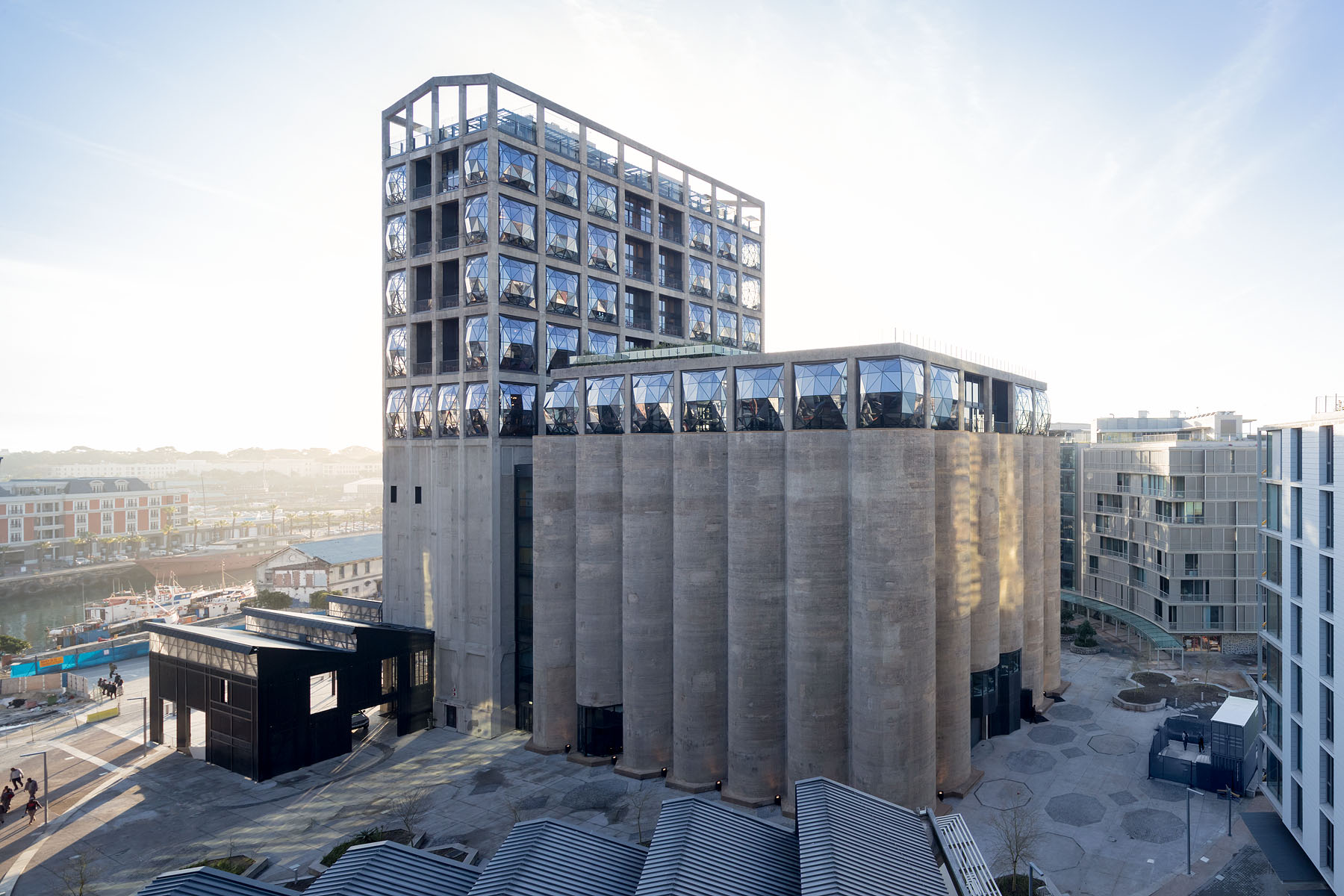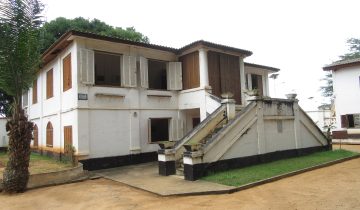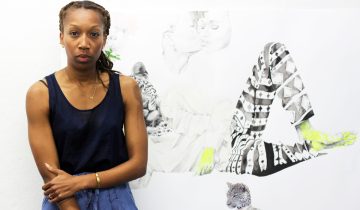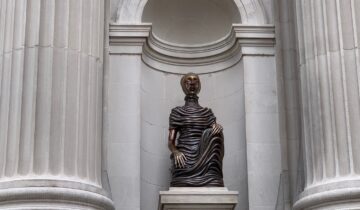Africa’s art scene may be booming but it’s still a blip on the global market
For all the excitement around African contemporary art, the continent still accounts for a fraction of the global art market. Last year, the sales in the global art market reached a total of $63.7 billion—a 12% increase on the previous year, according to the 2018 Art Market report published last week. Compiled by Art Basel and UBS Bank, the report relies on auction sales data and dealer surveys.
Africa, combined with South America, made up less than 4% of global sales. The US, China, and the UK account for a combined 83% of the value of the global art market. The report found that “despite having dynamic and vibrant local art scenes and significant international buyers at the high end,” South America and Africa made up a fraction of the global market share.
The Global Art Market
US US 42% China China 21% UK UK 20% France France 7% Germany Germany 2% Switzerland Switzerland 2% Italy Italy 1% Spain Spain 1% Rest of the world Rest of the world 6%
While sales in 2017 improved by 12% from the previous year, it was recovering from a low point. All regional art markets declined in 2016 thanks to slow economic growth and political uncertainty, which filtered down into the art market. Between 2014 and 2016, the global art market lost 16% of its value on aggregate, according to the report.
The kind of purchases that make a dent in the global art market are those like that of Japanese billionaire Yusaku Maezawa, who bought an untitled work by Jean-Micheal Basquiat for $110.5-million in a record-breaking 10-minute bid. But on the list of the world’s top 200 art collectors, only one of them lives in Africa: German Jochen Zeitz based in Kenya, whose name and permanent collection has been lent to the Zeitz MOCCA Museum of Contemporary African Art opened in Cape Town last year.

How the top 200 art collectors make their money – Africa’s art scene may be booming
1 % Finance 1 % technology 1 % real estate 1 % inheritance 1 % cons. goods 1 % media 1 % philanthropy 1 % entertainment 1 % manufacturing. And so, despite the unprecedented interest in African pieces, local collectors don’t have the money to amass the kind of collections that attract the global industry’s collection. Zeitz’s collection (on display at the museum) contains already-established names like El Anatsui, William Kentridge and Yinka Shonibare. Young collectors are likely buying emerging artists at much smaller margins. Corporates and institutions and Africa’s elite hold the more valuable collections.
One of the continent’s most well-known collectors is Sindika Dokolo, the DRC-born businessman and African art champion married to Africa’s richest woman Isabel dos Santos. Dokolo got something of a head start when he purchased the collection of German businessman and African art enthusiast Hans Bogatzke in 2005. At the same time, Dokolo established a foundation in Angola to promote homegrown talent, but his political affiliations and personal controversies threaten to overshadow his work.
The data is a reminder that despite the optimism, Africa’s art market is still very much an emerging market—with plenty room for growth.
This content was originally published by Quartz – Africa’s art scene may be booming





 No products in the basket.
No products in the basket.